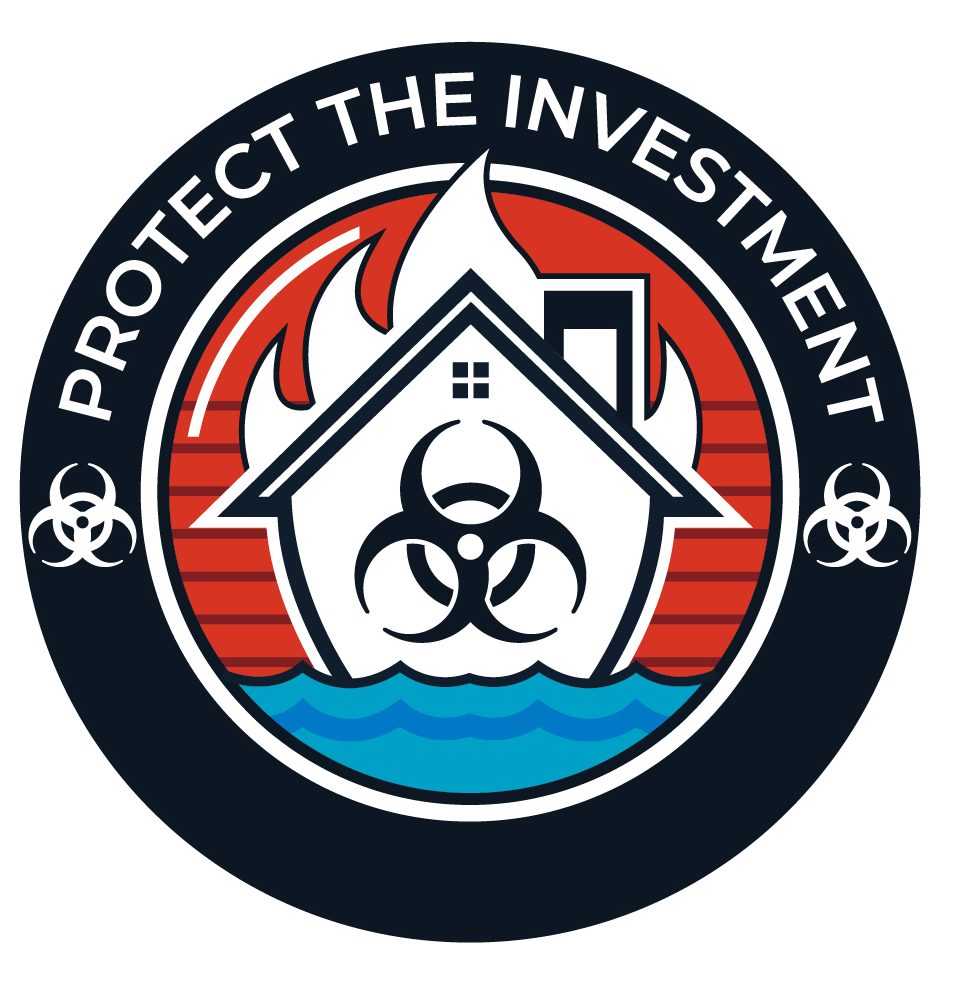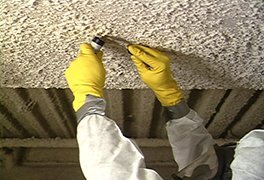Asbestos Inspections: Owning a home comes with various responsibilities, one of which is ensuring the safety of your living space. Among the potential dangers that can exist in your home, radon, and asbestos are two silent threats that often go unnoticed until it’s too late. Specialized inspections for these issues are essential for maintaining a healthy and secure environment.
What are Radon and Asbestos?
Radon:
Radon is a colorless, odorless, and tasteless radioactive gas that naturally forms from the decay of uranium found in soil and rocks. It can seep into homes through cracks in the foundation, gaps around pipes, or other openings. Long-term exposure to elevated levels of radon is a leading cause of lung cancer among non-smokers, making it a serious health risk.
Asbestos:
Asbestos refers to a group of naturally occurring fibrous minerals that were commonly used in construction materials due to their heat resistance and durability. Typical uses include insulation, roofing shingles, and floor tiles. However, when materials containing asbestos are disturbed, they can release tiny fibers that pose serious health risks, including asbestosis, mesothelioma, and lung cancer.
Why Radon and Asbestos Inspections Are Crucial?
Both radon and asbestos present significant health risks, but they are not easily detectable without proper testing. Specialized inspections are vital for identifying these hazards and offering guidance on mitigation strategies. Here’s why you should make these inspections a priority:
Health Protection: Detecting radon and asbestos early can help prevent long-term exposure to harmful substances.
Compliance with Regulations: Many states mandate radon and asbestos testing, particularly during property transactions.
Property Value: A home that is certified free from radon and asbestos is more attractive to potential buyers.
The Radon Inspection Process
A radon inspection is designed to measure the levels of radon gas present in your home. The process generally includes:
Initial Consultation:
During this phase, the inspector collects details about your home’s structure, foundation type, and ventilation system.
Placement of Radon Detectors:
Radon detectors, either short-term or long-term, are strategically positioned in the lowest level of the home where occupants spend time.
Monitoring Period:
Short-term Tests: These tests last from 2 to 90 days and yield quick results.
Long-term Tests: These tests extend beyond 90 days and provide a more accurate assessment of average radon levels.
Analysis and Reporting:
After the monitoring period concludes, the inspector retrieves the detectors and analyzes the data. The results are then compared to the Environmental Protection Agency (EPA) action level of 4 pCi/L (picocuries per liter).
Mitigation Recommendations:
If the radon levels surpass the EPA threshold, the inspector will suggest mitigation strategies, such as the installation of a radon reduction system.
The Asbestos Inspection Process
An asbestos inspection aims to identify asbestos-containing materials (ACMs) within your home. Here’s how the process works:
Visual Inspection:
The inspector looks at areas where asbestos is typically found, including insulation, ductwork, and older building materials.
Sampling:
Careful collection of small samples from suspected ACMs is performed for laboratory analysis. This step is crucial to prevent the release of fibers into the air.
Laboratory Testing:
The collected samples undergo analysis using specialized techniques to verify the presence of asbestos.
Assessment Report:
The inspector delivers a comprehensive report detailing the location, condition, and type of asbestos identified in the home.
Mitigation Planning:
Based on the findings, the inspector may recommend various options, such as encapsulation (sealing the material) or removal by a licensed asbestos abatement professional.
When Should You Schedule These Inspections?
There are specific situations where radon and asbestos inspections become especially crucial:
Buying or Selling a Home:
Getting these inspections done promotes transparency and helps prevent any legal issues down the line.
Renovation Projects:
Renovations can disturb materials that contain asbestos, which raises the risk of exposure.
Older Homes:
Houses built before the 1980s are more likely to have asbestos. Moreover, radon can be a concern in homes of any age or design.
Health Concerns:
If anyone in the household is experiencing unexplained respiratory problems, it’s wise to test for radon and asbestos.
How to Choose a Qualified Inspector?
Picking the right inspector is essential for getting accurate results. Here are some suggestions:
Certifications:
Seek out inspectors who are certified by organizations such as the National Radon Proficiency Program (NRPP) or the Asbestos Hazard Emergency Response Act (AHERA).
Experience:
Opt for inspectors who have a solid track record and positive feedback from clients.
Comprehensive Services:
Make sure the inspector offers both testing and recommendations for mitigation.
Clear Communication:
A reliable inspector will clearly explain the process and address all your questions.
Mitigation Strategies for Radon and Asbestos Inspection
Radon Mitigation:
- Installing a vent pipe system along with a fan to lower radon levels.
- Sealing any cracks in the foundation and walls.
- Enhancing ventilation throughout the home.
Asbestos Mitigation:
- Encapsulation to keep fibers from becoming airborne.
- Complete removal by licensed professionals if the material is significantly damaged.
The Cost of Inspections and Mitigation
The expenses associated with radon and asbestos inspections can differ based on factors such as the size of the home and its location:
Radon Inspection: Typically ranges from $150 to $300.
Asbestos Inspection: Generally falls between $400 and $800.
Mitigation Costs:
- Installing radon mitigation systems usually costs between $800 and $2,500.
- The cost for asbestos removal can vary widely, from $1,500 to $30,000, depending on how extensive the contamination is.
Conclusion
Conducting radon and asbestos inspections is crucial for safeguarding your health and ensuring your home’s safety. By tackling these hidden dangers proactively, you can foster a living space that is both secure and compliant with safety regulations. Whether you’re purchasing a new home, planning renovations, or simply seeking peace of mind, investing in these inspections is a wise decision.
Don’t allow radon and asbestos to threaten your family’s well-being. Arrange for a professional inspection today and take charge of your home’s safety.

